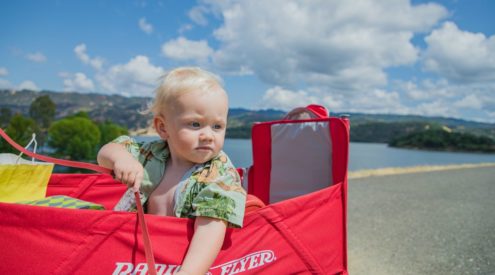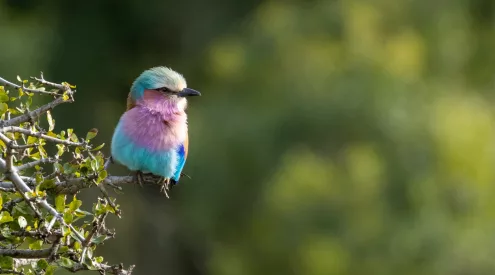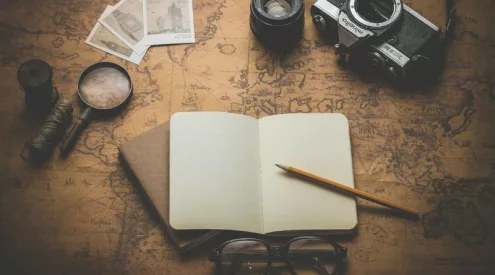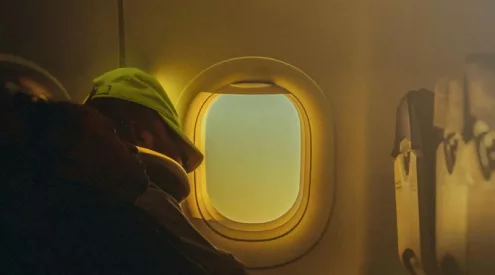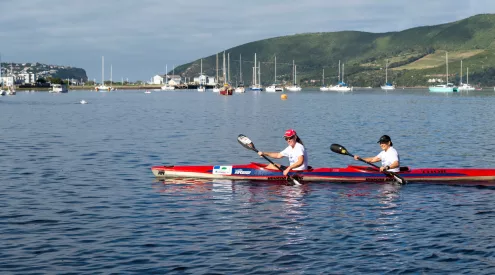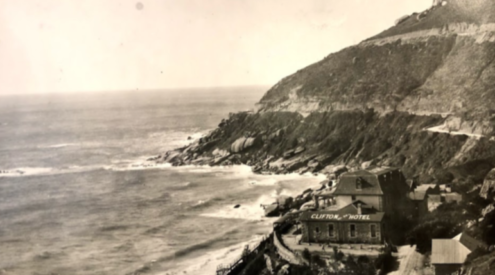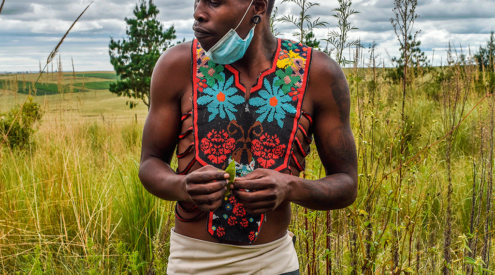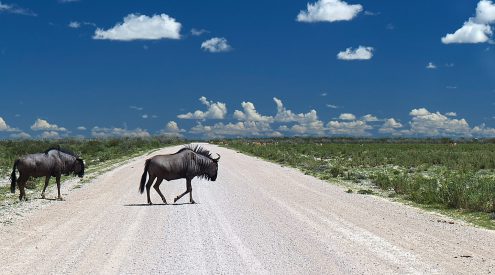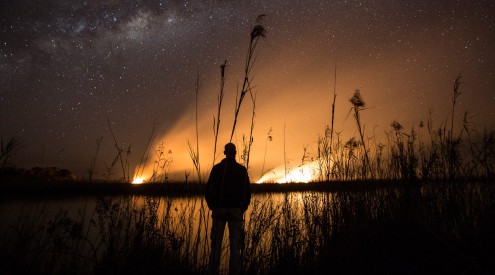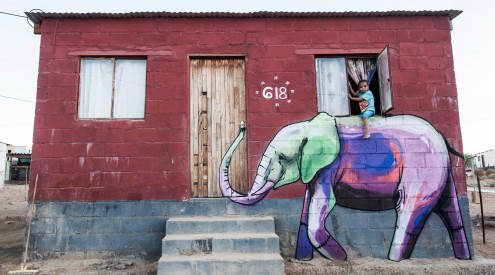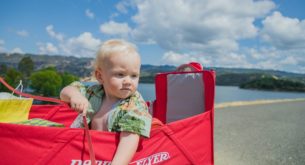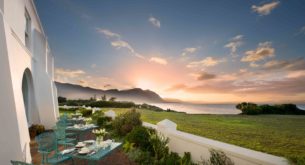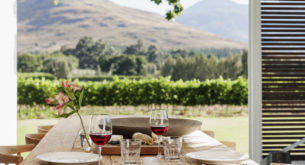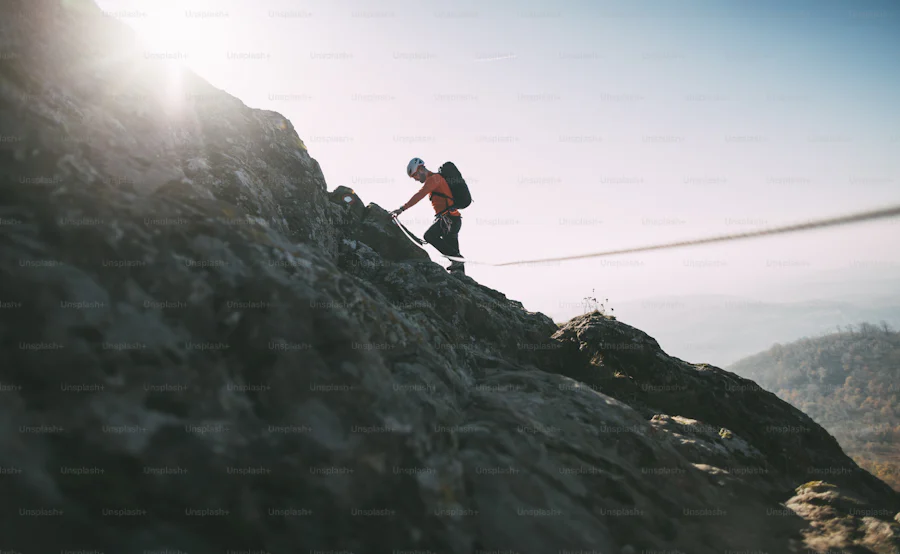Our final weeks in Benin were spent at quite a pace. Filming in the market of Benin was something else! There was a dazzling array of colour, fishing boats dressed in flags, a hive of activity surrounding nets and engines repairs really painted an interesting yet for me sad scene. I could only think of the theory of “tragedy of the commons” as much as I tried not to.
The vessels were gearing up to depart for there 2 to 3 day fishing trip, netting what ever they can find. Women are the power in the markets, and they trade with some ferocity. It was quite something to see weather beaten hands scaling fish continuously, whilst looking after their children, which are strapped all over them, and on top of this make a business deal at high volume.
Aquaculture was first introduced to the Republic of Benin in the late 1950’s. Since then there has been little to no development in the sector. Aquaculture has focused of fresh water species such as catfish and tilapia. Marine based aquaculture has not been established in Benin thus far, although potential does exist. Currently approximately 5000 tons of fish are produced in Benin per year. This value is set to change as new intense aquaculture facilities have been financed to produce 1000 tons of tilapia and catfish for export. The Marine resource expedition joined Mr. Martial Koudrin, founder of the NGO CREDI, who promotes sustainable aquaculture to communities throughout Benin.
Wetlands throughout Benin are considered dumping grounds for all sorts of waste from plastic to old cars. Pollution has choked the local environment and may threaten the expansion of local aquaculture. There is no government support for immerging local aquaculture. Also there is no policy for aquaculture development. As intense aquaculture systems are been planned and constructed, there is no policy for waste disposal, exotic fish escape, disease prevention etc. there are no schools or facilities to learn aquaculture techniques, therefore no opportunity to build capacity. There is no opportunity to acquire finances; advice or specialties form government for aquaculture facilities.
Interestingly, Mr. Koudrin said that those who have studied aquaculture development in Europe and more precisely Belgium bring knowledge out of context back to Benin, and therefore don’t contribute efficiently to the development of the sector. Given all the challenges CREDI has initiated the formulation of an aquaculture committee. It is a fantastic initiative, as farmers gather at the CREDI facility to learn production techniques, spawning, harvesting skills and water quality testing. There is a growing interest amongst communities to produce fish sustainably and CREDI is offering them as much knowledge as they can.
CREDI focuses on sustainability of aquaculture through the utilization of nature itself.
For example, fertilization of ponds is done using sheep and rabbit manure, while ducks patrol the waters edge keeping vegetation at bay. Local cassava leaves and soya-based diets are used for fish feed, as apposed to other less available expensive protein substitutes. Fertilized water and compost, which is produced on site, are used to produce vegetables for the community. A worm farm is used to supplement fish food. Using compost 1kg of worms produce 2kg after one month.
Benin was fantastic and a country rich in history. For Linda and I it was interesting to see how the slave trade affected Benin. The coastal town called Ouida was the heart of the ‘Slave Coast’ as Southern Benin was called in the 19th century. There is a museum in the former Portuguese fortress, which depicts the ruthless trade of slaves by the European traders to the North and South American plantations. Slaves were the main ‘commodity’ of trade who also became a bone of contention between kingdoms. The prisoners of war of these kingdoms were traded for weapons, munitions and ordinary items like utensils and beads.
In fact there is a ‘slave route’ on the beach that leads to the monument in the memory of the slaves at the ‘point of no return’ or point from where the slaves would bid their land farewell forever.

